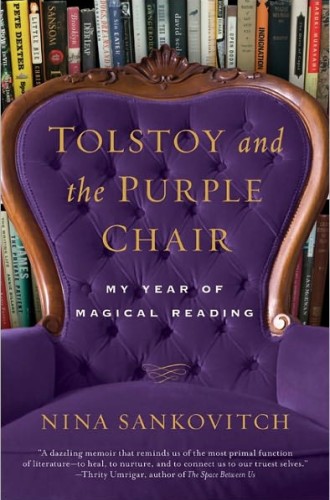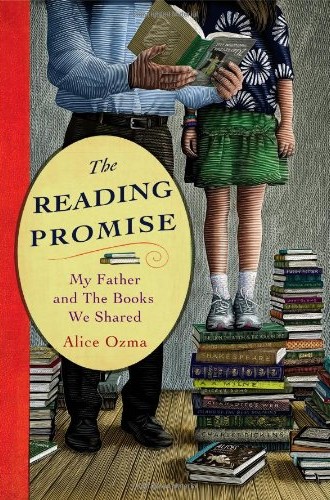Tolstoy and the Purple Chair and The Reading Promise
To read a story well, Ursula Le Guin has written, "is to follow it, to act it, to feel it, to become it." Reading is an act of "absorbed alertness," she says, "not all that different from hunting, in fact, or from gathering."
Two reading memoirs, one focused on reading as an accompaniment to grief and the other about the read-aloud journey of a daughter and father, record two distinct experiences of such absorption. If reading is hunting and gathering, then these memoirs are dispatches from two foragers, notes regarding the labors and satisfactions of subsisting on books.
Nina Sankovitch, author of Tolstoy and the Purple Chair, situates her reading as a way to mourn her sister's death from cancer at age 46. In a sprint away from grief and survivor's guilt, Sankovitch first threw herself into a frenzy of work and caregiving for her four sons, her husband and her father. Three years later, as she contemplated turning 46 herself, Sankovitch hatched a book-a-day-for-a-year plan as a way to "answer the relentless question of why I deserved to live." It became, she says, a "year in a sanatorium . . . away from the unhealthy air of anger and grief with which I'd filled my life."






